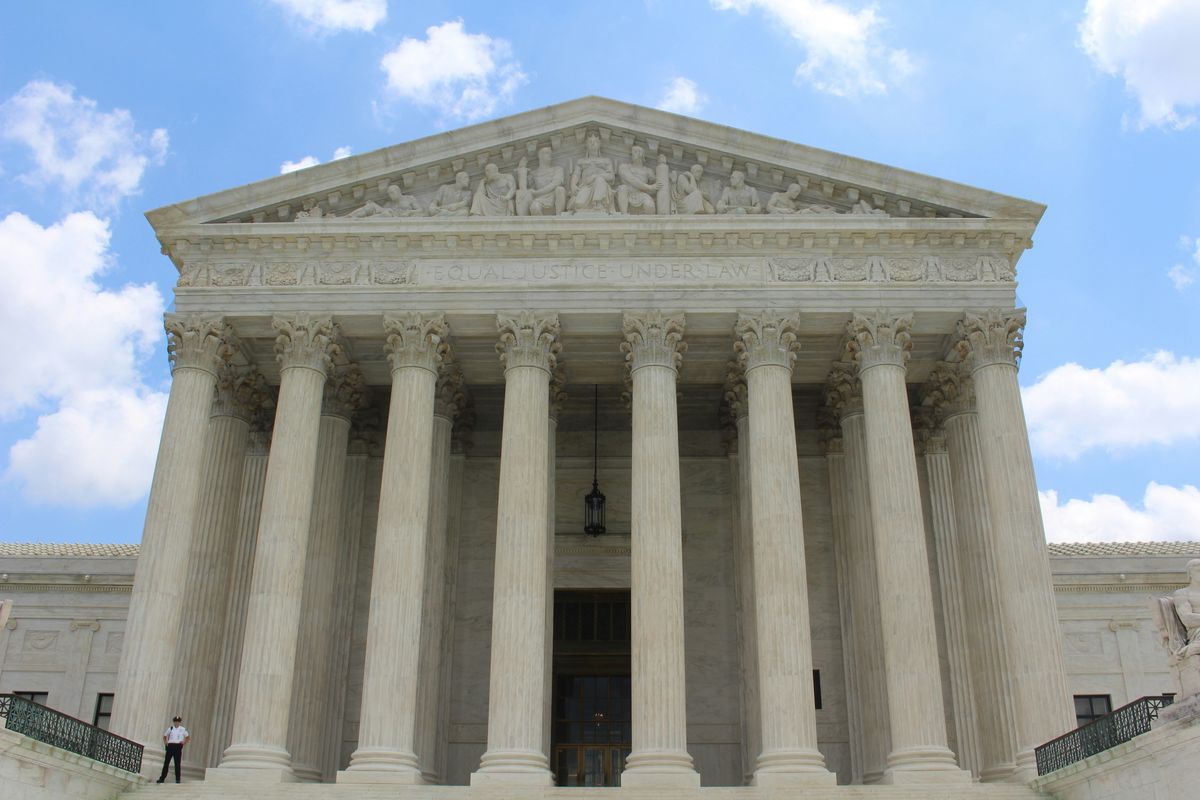Navigating non-payment in B2B legal arbitration can be a challenging process, especially when it comes to recovering company funds. In this article, we will discuss a three-phase recovery system for company funds and provide recommendations for handling non-payment cases in legal arbitration scenarios.
Key Takeaways
- Utilize a three-phase recovery system for company funds to increase the chances of successful recovery.
- Consider closure of the case if the possibility of recovery is unlikely after thorough investigation of the debtor’s assets.
- Evaluate the option of litigation carefully, weighing the costs and potential outcomes before proceeding.
- Be aware of upfront legal costs associated with legal action, which typically range from $600.00 to $700.00 depending on the debtor’s jurisdiction.
- Understand the collection rates and fees involved in pursuing legal action, including the percentage of the amount collected based on different account criteria.
Recovery System for Company Funds
Phase One
Within the first 24 hours of initiating Phase One, a multi-pronged approach is deployed to secure company funds. Immediate action is taken to send the first of four letters to the debtor, ensuring prompt communication. Comprehensive skip-tracing and investigation follow, aimed at uncovering the most effective financial and contact information.
Efforts intensify with daily attempts to reach a resolution through phone calls, emails, text messages, and faxes. The goal is to establish contact and negotiate a settlement within the first 30 to 60 days. Failure to resolve the account triggers a transition to Phase Two, involving the escalation to our network of affiliated attorneys.
The initial phase is critical; it sets the tone for the recovery process and tests the debtor’s willingness to engage. Persistence and a strategic approach are key to maximizing the chances of a successful outcome.
Phase Two
As the case transitions into Phase Two, the escalation to legal representation marks a pivotal turn. The appointed attorney swiftly initiates contact, leveraging the weight of legal letterhead to demand settlement. Persistent communication efforts ensue, combining the formality of written demands with the directness of phone calls.
Should these intensified efforts fail to yield payment, a critical juncture is reached. At this stage, a strategic decision must be made: to advance to Phase Three or reconsider the pursuit. The path chosen will significantly influence the subsequent recovery process and potential legal costs involved.
The decision to proceed or withdraw is not merely a financial calculation but a tactical assessment of the debtor’s solvency and the likelihood of successful recovery.
The following table outlines the potential outcomes and associated actions at the conclusion of Phase Two:
| Outcome | Action |
|---|---|
| Payment Secured | Case Closed |
| No Resolution | Advise on Phase Three |
| Debtor Unresponsive | Legal Escalation Considered |
Phase Three
At the crossroads of Phase Three, the path forward hinges on a critical evaluation. Decisive action is paramount, whether it means closing the case or advancing to litigation. Should the evidence suggest a low probability of fund recovery, a recommendation for case closure is issued, absolving clients of any financial obligation to the firm or its affiliates.
In contrast, if litigation appears viable, clients face a pivotal choice. Opting out incurs no cost, while proceeding requires covering initial legal expenses, typically ranging from $600 to $700. These fees are a gateway to pursuing justice through the courts, aiming to recoup the full debt along with associated legal costs.
The decision to litigate is not just about potential gain; it’s a calculated risk balanced against the upfront investment and the chance of success.
The fee structure for successful collections is as follows:
-
For 1-9 claims:
- Accounts under 1 year: 30%
- Accounts over 1 year: 40%
- Accounts under $1000: 50%
- Accounts with an attorney: 50%
-
For 10 or more claims:
- Accounts under 1 year: 27%
- Accounts over 1 year: 35%
- Accounts under $1000: 40%
- Accounts with an attorney: 50%
This tiered pricing model reflects the firm’s commitment to aligning their success with that of their clients.
Recommendations for Non-Payment Cases
Closure of the Case
After exhaustive efforts to recover funds, a point may be reached where closure of the case becomes the most viable option. This decision is not made lightly and follows a comprehensive review of the debtor’s assets and the likelihood of recovery. If closure is recommended, clients can take solace in knowing there will be no financial obligations to the firm or affiliated attorneys.
Closure does not necessarily mean the end of all efforts. Clients have the option to continue standard collection activities, such as calls and emails, or to withdraw the claim entirely without incurring additional costs. It’s a strategic decision, allowing businesses to cut their losses and reallocate resources more effectively.
Deciding to close a case is a strategic move that enables businesses to focus on more productive endeavors, rather than chasing diminishing returns.
The following table outlines the fee structure for various scenarios:
| Claims Quantity | Account Age | Collection Rate |
|---|---|---|
| 1-9 Claims | Under 1 yr | 30% |
| 1-9 Claims | Over 1 yr | 40% |
| 1-9 Claims | Under $1000 | 50% |
| 10+ Claims | Under 1 yr | 27% |
| 10+ Claims | Over 1 yr | 35% |
| 10+ Claims | Under $1000 | 40% |
This fee structure is designed to be competitive and is tailored to the volume and age of the claims, ensuring that clients are charged fairly based on the complexity and effort required to collect.
Litigation Decision
When faced with non-payment, the decision to litigate is pivotal. Careful consideration of the debtor’s assets and the likelihood of recovery is essential. If litigation is deemed the prudent course, be prepared for the financial commitment:
- Upfront legal costs, including court and filing fees, typically range from $600 to $700.
- Upon payment, legal action commences, aiming to recover all monies owed.
Should litigation prove unsuccessful, the case concludes with no further obligation to the firm or affiliated attorney.
Consider the financial implications and the potential for recovery before proceeding. The choice to litigate should align with your company’s strategic financial goals and the practicality of the expected outcome.
Legal Action Costs
Understanding the financial implications of legal action is crucial. Costs can escalate quickly, and it’s essential to weigh the potential recovery against the expenses incurred. Legal fees, court costs, and filing fees are just the tip of the iceberg. Budgeting for these costs is a strategic move that can prevent financial strain on your business.
When proceeding with litigation, anticipate upfront costs. These typically range from $600 to $700, depending on the jurisdiction.
Consider the following rate structure for collection services:
| Claims Quantity | Accounts < 1 Year | Accounts > 1 Year | Accounts < $1000 | Attorney Placed Claims |
|---|---|---|---|---|
| 1-9 | 30% | 40% | 50% | 50% |
| 10+ | 27% | 35% | 40% | 50% |
Remember, if litigation does not result in recovery, the case will be closed, and you will owe nothing further to the firm or affiliated attorney. This contingency-based approach aligns your interests with those of your legal representatives.
Navigating Non-Payment in B2B Legal Arbitration
What is the Recovery System for Company Funds?
The Recovery System for Company Funds consists of three phases: Phase One, Phase Two, and Phase Three. In Phase One, initial actions are taken to contact the debtor and attempt to resolve the matter. Phase Two involves forwarding the case to an affiliated attorney for further legal actions. Phase Three includes recommendations for either closing the case or proceeding with litigation, depending on the chances of recovery.
What happens in Phase One of the Recovery System?
In Phase One, within 24 hours of placing an account, letters are sent to the debtor, skip-tracing and investigation are conducted, and attempts are made to contact the debtor for resolution. If all attempts fail, the case moves to Phase Two.
What is the process in Phase Two of the Recovery System?
Phase Two involves forwarding the case to a local attorney within the debtor’s jurisdiction. The attorney drafts letters demanding payment from the debtor and makes attempts to contact the debtor. If no resolution is reached, recommendations for the next steps are provided.
What are the options in Phase Three of the Recovery System?
In Phase Three, two recommendations are made based on the likelihood of recovery. If recovery is unlikely, the case may be recommended for closure with no fees owed. If litigation is recommended and pursued, upfront legal costs are required. Rates for collection vary based on the age and amount of the accounts.
How are legal action costs handled in the Recovery System?
If legal action is pursued, upfront legal costs such as court fees are required, typically ranging from $600.00 to $700.00. If the litigation is unsuccessful, no fees are owed. Collection rates depend on the number and age of the accounts submitted.
What are the rates for collection in the Recovery System?
The collection rates in the Recovery System vary based on the number of claims submitted and the age of the accounts. Rates range from 27% to 50% of the amount collected, with different rates for accounts under 1 year, over 1 year, under $1000.00, and accounts placed with an attorney.





